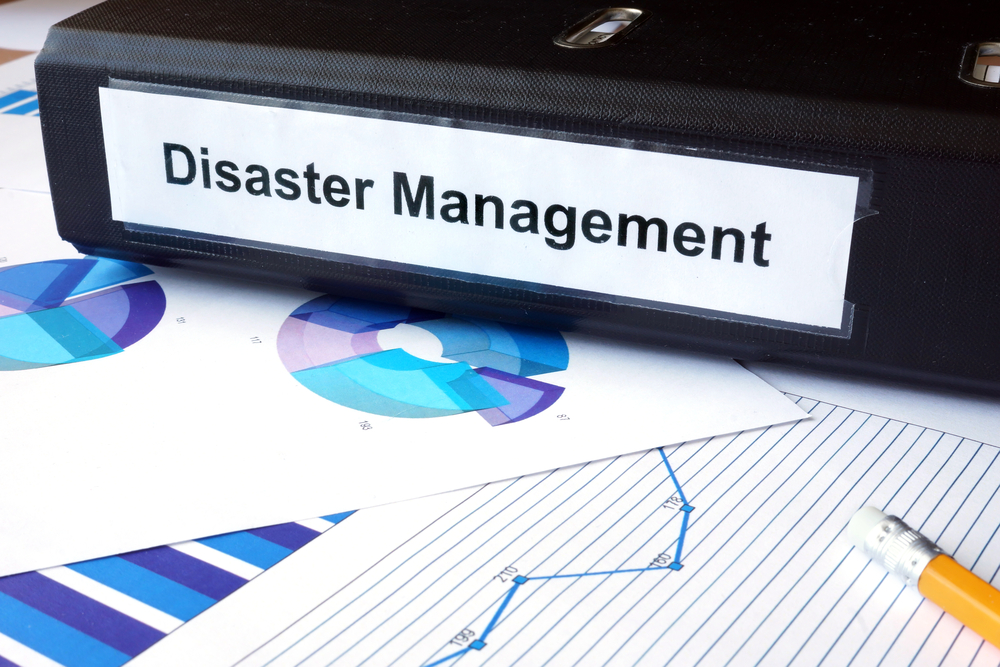Breaking
Authorities boost community empowerment for disaster risk reduction
MANILA – Government further stepped up its disaster risk reduction (DRR) efforts in 2015 to better protect life, limb and property from natural hazards nationwide.
During the year, State weather and climate authority Philippine Atmospheric, Geophysical and Astronomical Services Administration (PAGASA) even more intensified its information dissemination campaign so people can increasingly learn about and prepare for expectedinclement weather as early as possible.
“We must work very hard on educating the public about information we disseminate,” said PAGASA OIC-Administrator Dr. Vicente Malano.
State-run Philippine Institute of Volcanology and Seismology (Phivolcs) also trained local government units (LGUs) on using and applying the Rapid Earthquake Damage Assessment System (REDAS) software to help mainstream DRR in local development, contingency planing and emergencypreparedness.
“Identifying and monitoring hazards and risks, warning about and disseminating information on these as well as responding properly and in timely fashion are components of DRR,” said Philvolcs Director Renato Solidum Jr.
PAGASA and Phivolcs saw need to empower communities through sharing DRR-related knowledge, noting natural hazards abound in the country.
Among such hazards are tropical cyclones, earthquakes and tsunami waves.
PAGASA continues coordinating with LGUs nationwide so this agency can further disseminate its weather and climate information to communities.
To help make its forecasts and other technical information easier for the public to understand, PAGASA also agreed having terminology it uses translated by government’s language authority Komisyon sa Wikang Filipino (KWF).
KWF reported already reaching a breakthrough in translating PAGASA’s terminology.
“The translation will help people visualize what PAGASA is talking about,” said KWF translation chief Dr. Benjamin Mendillo.
He noted visualization is important in enabling people tounderstand weather that can likely happen.
Such understanding is key in helping them prepare for expected weather accordingly, he said.
KWF hopes launching this year the guidebook containing translation of PAGASA’s terminology, he continued.
According to Malano, PAGASA will disseminate the translation to LGUs nationwide.
“We’ll integrate the guidebook’s contents in our information and education campaign,” he said.
He also cited need to recall during the campaign previous weather events that significantly affected the country.
Recalling such events will help people better appreciate need to be pro-active and heed PAGASA’s warnings, he noted.
“Our campaign will likewise include explanations on weather-related natural hazards nationwide and communities’ vulnerability to these,” he said further.
Mendillo said Phivolcs already expressed interest in availing of KWF’s translation service as well.
Targeted for translation are Phivolcs’ various information materials on volcanology and seismology, he noted.
REDAS is a hazard and risk simulation software that aims producing hazard and risk maps immediately after occurrence of a strong and potentially damaging earthquake.
Phivolcs said REDAS is one tool that can help LGUs make prompt decisions on quick deployment of rescue and relief operations in earthquake-affected areas.
For 2015, Phivolcs reported conducting REDAS training in Ilocos Sur, Benguet, Samar, Batanes and Quezon provinces.
A private business group also availed of REDAS training this year, noted Phivolcs.
In May 2015, Phivolcs unveiled in Metro Manila the Valley Fault System (VFS) Atlas.
The atlas is made up of large-scale maps showing VFS-traversed areas in detail as Phivolcs noted its mapping efforts redefined location of fault traces and validated previously mapped traces of the system.
Solidum urged the public to know location of active faults, saying this information is a major basis for preparedness against earthquakes, contingency planning for disaster response and design of structures.
He noted authorities must consider such faults when planning future development to help reduce people’s risk for earthquakes.
According to Phivolcs, VFS is an active fault system in the Greater Metro Manila Area.
Phivolcs noted VFS has two fault traces – the 10-km long East Valley Fault in Rizal province and the 100-km long West Valley Fault which runs through different cities and towns of Metro Manila as well as Rizal, Bulacan, Cavite and Laguna provinces.
“West Valley Fault can generate a large earthquake which poses threat to people’s lives, buildings, infrastructure livelihood,” warned Phivolcs.
Last month, Japan International Cooperation Agency turned over to Phivolcs the country’s first real-time tsunami warning equipment.
Authorities expect such equipment to help bolster Phivolcs’ capability to warn about possible onslaught of tsunamis in the country.
The equipment’s turnover in Metro Manila is part of JICA’s assistance for building up Philippine resilience to tsunamis, earthquakes and volcanic eruptions which are all natural hazards in the country.
Such resilience-building aims helping reduce disasters and impacts of these in the country.






















